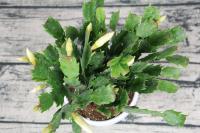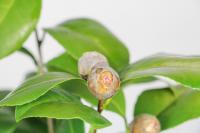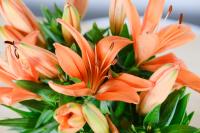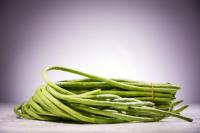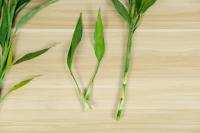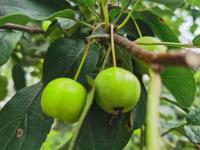1. Powdery mildew
It is likely to develop on leaves, petioles, young shoots and flower buds. Some irregular white powder spots will appear on the mature leaves, and then the diseased leaves will slowly turn brown from the top of the leaf tip or the edge of the leaf, which will eventually dry and fall off the whole leaf. If the tender leaf is accidentally infected, it will gradually expand and the edge will begin to be not obvious. White powder spots will appear on the positive and negative sides of the tender leaf, and then the whole leaf will be covered. The leaves also began to turn pale gray or purplish red. If the petiole is infected, its internodes begin to shorten, the stem begins to become thinner, and some diseased shoots will dry up, and then covered with white powder. If the flower bud is infected, the pedicel will become deformed and die seriously
Control method: select some varieties resistant to powdery mildew. When pruning in winter, be sure to cut off those diseased branches and buds. In the early stage of disease, you can apply less nitrogen fertilizer and more phosphorus and potassium fertilizer, so as to improve its disease resistance. In addition, pay attention to timely drainage after rain to prevent moisture from staying for a long time, so as to reduce the occurrence of diseases

2. Black spot
When the disease comes on, it usually invades its leaves, petioles and tender shoots. When the disease begins, there will be some purple brown to brown spots on the front, which will become some round or amorphous dark brown spots after expansion
Prevention and treatment methods: we can choose some carbendazim or dakonine and other drugs, and then spray the place where it occurs

3. Anthrax
The spots produced are generally on the edge of the leaf, and the shape is approximately semicircular. The color on the edge of the spot is dark brown. In the middle, it will turn brown to light brown, and most small black spots will appear on the disease spot in the future. This pathogen can generally spend the winter on diseased leaves. In a relatively warm and humid environment, spores germinate and invade the leaves
Prevention and control methods: timely clean up in late autumn and early winter, collect the diseased leaves, and then burn them uniformly. We should also strengthen protection and repair appropriately. Handle the dense branches and leaves, keep the ventilation smooth, and ensure that the branches and leaves below receive light. Or use some drugs


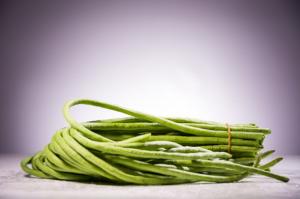 How does okra leaf h...
How does okra leaf h...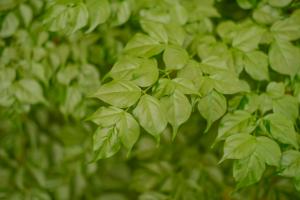 How to treat happy l...
How to treat happy l...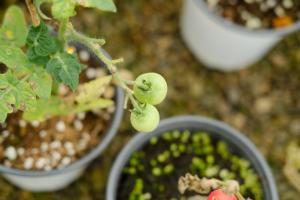 How is tomato Fusari...
How is tomato Fusari... How is Strawberry Po...
How is Strawberry Po... How does Calla becom...
How does Calla becom...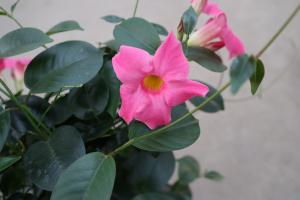 How to roll the leav...
How to roll the leav... Pest control of Phyl...
Pest control of Phyl...
























